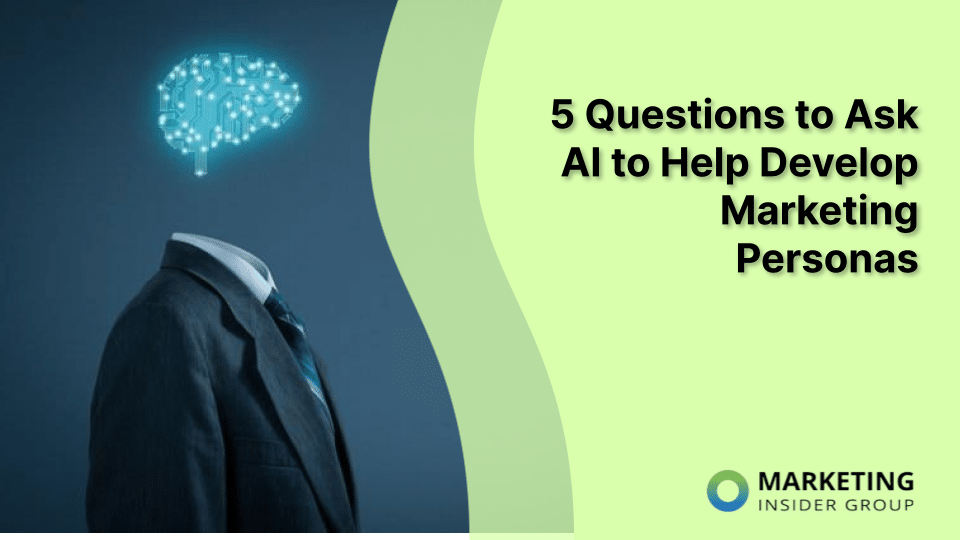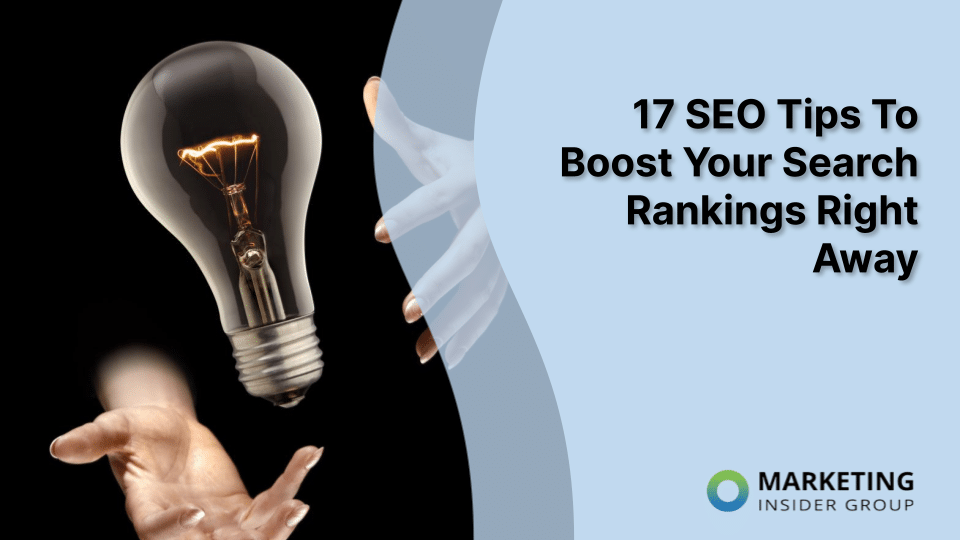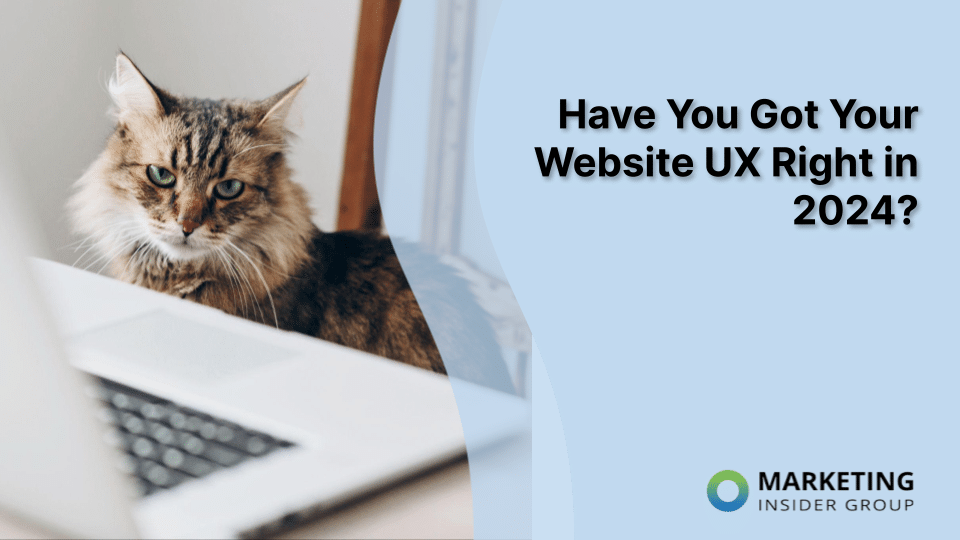
Choosing the Right Social Media Platforms for Your Buyer Personas
What does your ideal customer look like?
This question prompts the creation of marketing personas, and the answers vary widely. In today’s hyper-connected world, people expect tailored, personalized experiences in their advertising, whether they realize it or not.
For most B2B content creation, personas guide marketers in developing tailored pieces that resonate profoundly with a particular group. But when you’re dealing with large social media audiences, you need to not only think about who you’re talking to but where they spend their time and what you want to achieve by engaging with them.
There are so many social platforms, and new ones are popping up every single day. It can be a genuine challenge to choose where to spend your time and energy.
Businesses often get started on social media with a burst of energy but quickly fizzle and fade upon a lack of community interest and growth. Most of the time that results from an underdeveloped strategy to connect with the right audiences.
Whether you’re updating an existing social strategy or starting from scratch, this guide will help you choose the right social media platforms for your buyer personas.
Research Your Audience
There can be a big disconnect between who a business thinks their buyer is and who would actually find the most value in their products or services. Thorough audience research helps iron out these snags in messaging to create relevant content that leads to higher conversion rates and social media ROI.
Start by compiling data about those who already engage with you on social media. Who buys from you, follows you, and interacts with your posts? Key aspects of your audiences that will help develop your social media personas include:
- Age
- Location
- Language
- Interests
- Job title
- Pain points
- Size of business
- Key decisionmakers
Existing customer databases are helpful resources for additional insights. Businesses shouldn’t assume their general customer demographics will match their social audiences exactly, but knowing who buys from you can provide insight into who might be interested, where they congregate, hashtags they respond strongly to, and more.
Define Your Social Media Goals
Once you’ve nailed down these key details about your social media personas, it’s time to clarify what you hope to achieve through your campaign.
It could be to increase brand awareness, drive attendees to an event, or communicate and interact directly with customers for feedback and support.
Depending on your social media goals, you can strategize where and how to segment your audience and maximize engagement and reach.
Choosing the Right Platforms
With your social media marketing goals defined, let’s look back to your personas and assess which platforms are most likely to suit your goals.
Facebook is the largest social media network with around 2.89 billion active monthly users, with the most successful content being imagery and emotionally-driven posts. The platform serves primarily as a place for people to connect with friends and family but still sees significant traffic to all types of commercial organizations, from small and regional businesses to the largest national and global brands.
Facebook offers unbelievable reach for B2C marketing, but niche B2B markets can be tougher to strategize for effectively. Some personas act as a ‘champion’ for a product or business. Champions aren’t the decisionmaker of a business, but their insight and input are highly valued. Facebook is a fantastic place to reach those types of personas who can convince higherups to consider your offer and spread the word around the industry through referrals and recommendations.
Twitter or X offers a constant flow of live news, updates, and hot takes from an ever-expanding network of online personalities, celebrities and influencers, brands, and independent users. It’s the home of witty wording and reactions to whatever is happening in the world. Users seek constant real-time updates on trending topics and communicate with the brands and personalities they love and hate.
Hashtags are highly effective on Twitter, helping organize and tailor feeds and suggestions for users and providing a bridge between search engines and social media. When users search for something on Google, they’ll often see relevant Twitter posts along with traditional webpage results, making any previous audience research into key search terms all the more valuable.
The X userbase includes many young brands, startups, and entrepreneurs in science, technology, medicine, and engineering, along with established names. Personas between the ages of 25 to 34 make up a whopping 38.5% of worldwide X users, making it ideal for connecting with the current generation of business professionals.
LinkedIn is designed for businesses and professionals. Users log in to stay updated on trending business news and topics, explore job opportunities, learn about other businesses, expand their expertise, and connect with industry professionals. More than any other platform, LinkedIn is the bread and butter of B2B social media.
As the most trusted social network in the US, LinkedIn is a perfect platform to deliver content to personas who are hungry for help. Personas looking for answers and solutions to do their jobs more effectively respond exceptionally well to quality thought leadership promoted through LinkedIn. Personas that crave a trusted industry leader can also gain major confidence by visiting your LinkedIn page and seeing how actively you share your expertise and how others react to past offerings.
Instagram lets users share photos and videos with captions but doesn’t allow for links in an image caption. Generally, the image or video contains the substance of the post, and the caption area is used to provide immediate context and house relevant hashtags, but complete sentences and paragraphs of prose aren’t unheard of either. To cater to the B2C world, the platform recently expanded its capabilities with integrated eCommerce so users can immediately purchase an advertised item the second their attention is piqued.
For B2B, Instagram is a great platform to reach personas who respond to event invites, contests, and giveaways. Custom graphics and clear captions can excite users and encourage them to take the next interactive step, whether that’s to leave a comment, share a post, or click a new link in your profile.
YouTube is a great tool and platform for businesses to reach personas who love video content such as vlogs, reviews, how-tos, and product overviews. It’s also perfect for housing long-form content like past webinars and podcasts. It’s relatively easy to figure out which personas use YouTube since the answer is just about everyone! Behind the scenes, it’s still common for B2B businesses to assume their target audience isn’t looking for them on YouTube, but that stats say otherwise. 81% of Americans use YouTube in 2021, and 59% of executives prefer watching videos to reading text.
The platform also continues to be developed in different ways to offer new avenues for engagement. In addition to being a hub for webinars and product updates, YouTube’s live streaming services enable businesses to conduct demos in real-time and connect with personas by responding to questions and comments from a live audience, all on a shoestring budget.
Once you start to build a following, your pre-scheduled live videos appear for subscribers as upcoming events, helping to keep awareness up, even if those users don’t follow you on other platforms.
Upping Your Social Media Game
Have you locked down who your audience is, what you want to achieve with them through social media, and what platforms you want to focus your efforts on?
Whatever the answer to those questions are, this is where a dedicated digital marketing agency can elevate your social media game far above your current plateau.
From pointed, overarching strategies to content-rich campaigns that effectively position you as a trusted industry leader, Sagefrog helps businesses better manage and participate in the online communities used most by your partners, prospects, and peers. Check us out to see where we can take your brand.






